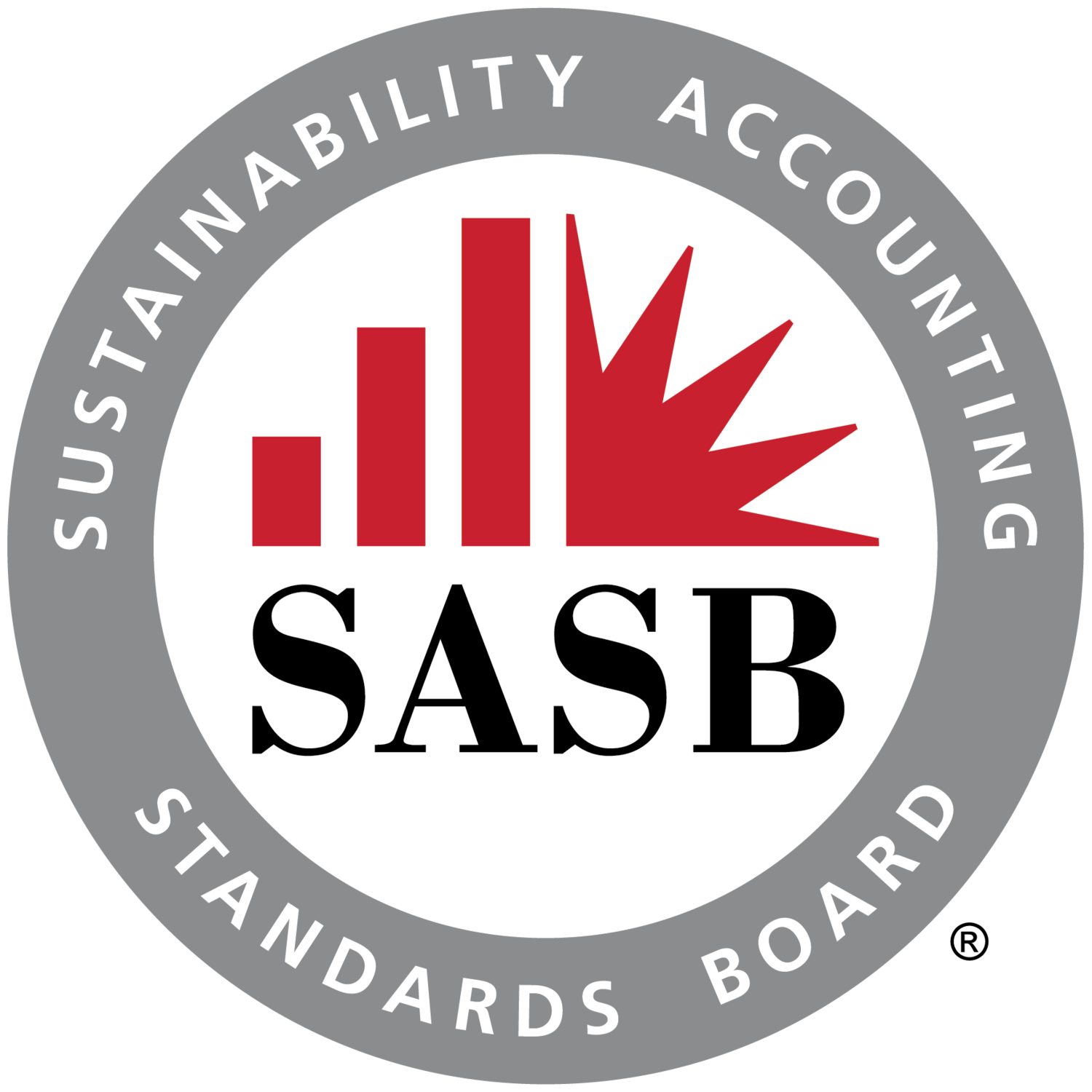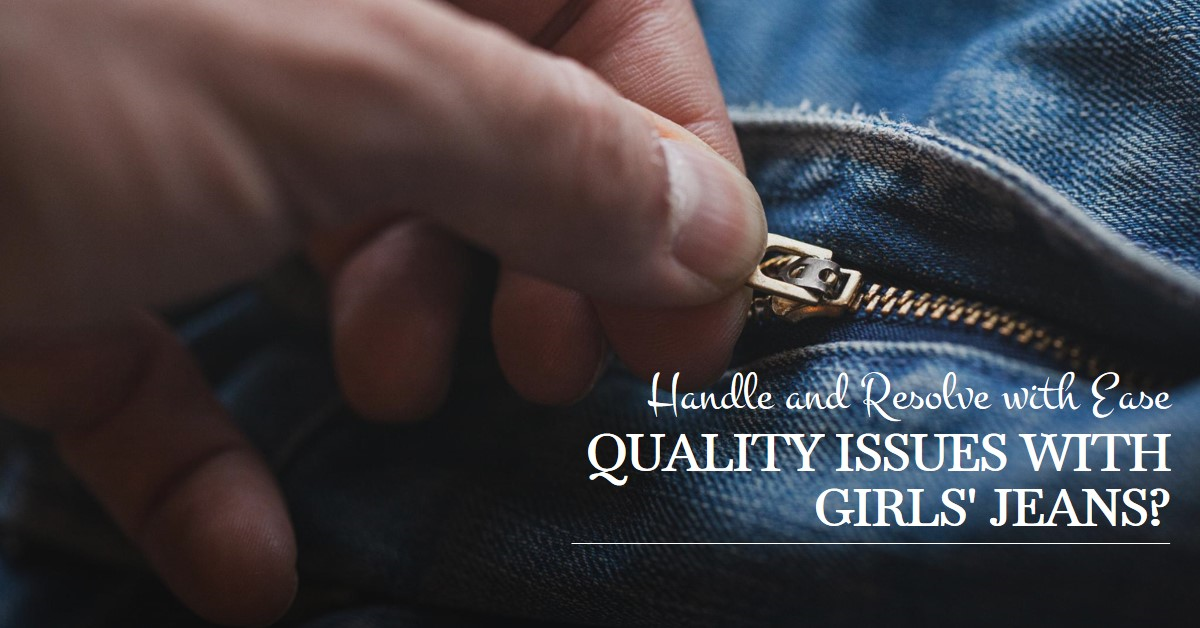How to Ensure and Improve Your Girls Jeans Quality Standards

In the ever-evolving fashion world, girls' jeans have become a timeless staple, transcending cultural and geographical boundaries. As fashion-forward consumers demand better quality and ethical practices, ensuring and improving the quality standards of girls' jeans is more critical than ever. This blog serves as a comprehensive guide for girls' jeans wholesalers and buyers, providing valuable insights and practical strategies for achieving exceptional quality in girls' jeans, particularly in the dynamic markets of Africa and the Middle East.
What are the Girls Jeans Quality Standards and Regulations in Africa and the Middle East
Girls' Jeans quality standards are different from country to country. So before you step into the local market in Africa or the Middle East with your customers there, you need to know exactly what the quality standards are in the market where your customers are from. below is the girl's jeans quality standards and regulations list in major parts of African and Middle Eastern countries:
South Africa:

The South African Bureau of Standards (SABS) sets the quality standards for girls' jeans in South Africa.
The SABS requires for girls’ jeans as below:
Material: must be made of cotton or other natural fibers, without any harmful chemicals, such as heavy metals, formaldehyde, aromatic amines, etc.
Size: should conform to the tolerance range specified in the SABS standards, and should not have obvious shrinkage or deformation.
Label: should clearly display the product name, model, size, composition, origin, washing method, manufacturer, and importer information, as well as the SABS certification mark.
Durability: The durability of jeans should be able to withstand multiple items of washing, wear, folding, and stretching, and should not have obvious fading, pilling, unraveling, or damage.
Color stability: should be able to resist the effects of water, sweat, friction, light, and dry cleaning, and should not have an obvious color difference, color transfer, or color change.
The purpose of these regulations is to ensure the quality and performance of jeans, as well as to protect the interests of consumers and the environment.
Kenya:
The Kenya Bureau of Standards (KEBS) has developed a set of quality standards and regulations for girls' jeans in Kenya. These standards cover the following aspects of girls' jeans:
Fabric quality:
- The fabric used to make girls' jeans must be of good quality and free from defects.
- The fabric must be strong and durable enough to withstand everyday wear and tear.
- The fabric must also be comfortable to wear and breathable.
Construction quality:
- Girls' jeans must be well-constructed and made with high-quality materials.
- The seams must be strong and durable, and the stitching must be neat and even.
- The jeans should also be properly fitted and comfortable to wear.
Safety:
- Girls' jeans must be safe to wear.
- They should not contain any harmful chemicals or dyes.
- The jeans should also be free from sharp edges or other hazards that could cause injury.
Fit:
- Girls' jeans should fit properly and be comfortable to wear.
- The jeans should not be too tight or too loose.
- The waistband should be snug but not too tight, and the legs should be long enough to cover the ankles.
Durability:
- Girls' jeans should be durable enough to withstand everyday wear and tear.
- The fabric should be strong and resistant to fading and tearing.
- The seams should also be strong and durable.
KEBS Certification:
KEBS also has a certification program for girls' jeans manufacturers. To obtain KEBS certification, manufacturers must submit their jeans to KEBS for testing. If the jeans meet KEBS standards, they will be awarded a KEBS mark of quality.
Nigeria:
The Standards Organization of Nigeria (SON) sets the quality standards for girls' jeans in Nigeria.
SON standards cover the following aspects of girls' jeans:
- Fabric quality
- Construction quality
- Safety
- Fit
- Durability

Manufacturers and importers of girls' jeans in Nigeria are required to comply with SON standards. Girls' jeans that do not meet SON standards may be seized and destroyed by SON officials.
Benefits of SON Certification for Girls' Jeans Manufacturers and Importers:
- Increased sales: Consumers are more likely to purchase girls' jeans that have been certified by SON.
- Improved reputation: SON certification demonstrates that a manufacturer or importer is committed to producing or importing high-quality girls' jeans.
- Access to new markets: SON certification can help manufacturers and importers to access new markets in Nigeria and other countries.
- Reduced liability: SON certification can help manufacturers and importers to reduce their liability for product defects.
Saudi Arabia:
Updated Information on SASO Technical Regulation for jeans (as of 2024)
Stay compliant with the latest requirements for Jeans entering Saudi Arabia.
The updated SASO technical regulation requires for TR (test result) :
- Identification of pH value
- Color stability
- Protection from hazardous chemicals - Formaldehyde - Pentachlorophenol (PCP), Tetrachlorophenol (TeCP), and Ortho Phenylphenol(OPP) - Heavy Metals (Antimony, Arsenic, Lead, Cadmium, Mercury, Copper, Total Chromium VI, Cobalt, and Nickel)
- Dyes and Derived Substances Considered Dangerous - Azo dyes Carcinogenic dyes and disperse dyes - Flame retardants - Insecticides, herbicides, and fungicides - Organic chlorinated compounds (Chlorinated Benzenes, Toluenes, and Naphtalenes) - Phthalates - Organotin

The test result should also specify the requirement for packing and label information:
- Labeling must be sewn or fixed in a way that is difficult to remove and positioned on the product in a manner that is common to the textile industry
- The trademark or brand name is allowed on the label as long as it does not include, in partial or in full, the name of the fiber or any other name that might mislead the consumer
- Labeling must include the fiber components as listed in Annex 3 of the Technical Regulation written clearly and in a font size that is easy for the consumer to read
- Labels must include the following information: - List of fibers and the mass percentages for each - Weight, size, and dimensions - Supplier’s name and commercial register on external packaging - Country of Origin - Care instructions including appropriate symbols for washing/cleaning
- The Technical Regulation also identifies labeling requirements specific to fiber content that covers the following: - Use of “pure” in the composition description - Describing wool by “Raw Wool” - Multi-fiber textile products - Decorative fibers and supporting fibers - Multi-component textile products - Textile products containing non textile parts of animal origin - Technical information for the label
SASO certification is a valuable tool for girls' jeans manufacturers and importers in Saudi Arabia. SASO certification can help manufacturers and importers increase sales, improve their reputation, access new markets, and reduce their liability for product defects.
United Arab Emirates:
The Emirates Authority for Standardization and Metrology (ESMA) sets the quality standards for girls' jeans in the United Arab Emirates.

Fabric quality:
- The fabric used to make girls' jeans must be of good quality and free from defects.
- The fabric must be strong and durable enough to withstand everyday wear and tear.
- The fabric must also be comfortable to wear and breathable.
Construction quality:
- Girls' jeans must be well-constructed and made with high-quality materials.
- The seams must be strong and durable, and the stitching must be neat and even.
- The jeans should also be properly fitted and comfortable to wear.
Safety:
- Girls' jeans must be safe to wear.
- They should not contain any harmful chemicals or dyes.
- The jeans should also be free from sharp edges or other hazards that could cause injury.
Fit:
- Girls' jeans should fit properly and be comfortable to wear.
- The jeans should not be too tight or too loose.
- The waistband should be snug but not too tight, and the legs should be long enough to cover the ankles.
Durability:
- Girls' jeans should be durable enough to withstand everyday wear and tear.
- The fabric should be strong and resistant to fading and tearing.
- The seams should also be strong and durable.
Benefits of Esma
safety:
- Chemical restrictions: ESMA certification ensures that garment manufacturers comply with strict limits on the use of harmful chemicals, such as lead, formaldehyde, and azo dyes. This can help to protect children from exposure to harmful substances that can irritate the skin or cause more serious health problems.
- Physical safety: ESMA certification also sets standards for physical safety, such as the strength of seams and buttons, to prevent injuries.
Quality:
- Durability: ESMA-certified garments are required to be well-made and durable, so they are less likely to rip, tear, or fade quickly. This can save parents money in the long run, as they won't need to replace jeans as often.
- Consistency: ESMA certification ensures that garments meet consistent quality standards, so parents can be confident that they are getting what they pay for.
Ethics:
- Labor practices: ESMA certification requires manufacturers to adhere to fair labor practices, such as paying a living wage and not using child labor. This can give parents peace of mind knowing that the jeans their daughters are wearing were made under ethical conditions.
- Environmental impact: ESMA certification encourages manufacturers to adopt more sustainable practices, such as using recycled materials and reducing water usage. This can help to reduce the environmental impact of clothing production.
How to Test and Monitor Your Girl's Jeans Quality Standards
1. Inspect the Fabric Quality:
- Check if the fabric is sturdy and durable without any defects or damages.
- Ensure the fabric is soft and comfortable, causing no irritation to the skin.
- Verify that the fabric has good elasticity, preventing wrinkles or deformation after wear.
2. Examine the Workmanship:
- Inspect the stitching for neatness and strength, without loose threads or stitches.
- Check the buttons and zippers for firmness, ensuring they won't detach or break easily.
- Examine pockets and embellishments for durability, ensuring they won't fall off or break during use.
3. Assess the Color Quality:
- Check if the color is uniform throughout, with no color difference or fading.
- Ensure the color is colorfast, resisting fading or discoloration after washing.
4. Evaluate the Sizing Quality:
- Verify that the jeans' dimensions match the labeled size, avoiding discrepancies.
- Ensure the jeans' fit is suitable for girls' body types, avoiding ill-fitting, too-loose, or overly tight jeans.
5. Conduct Wear Testing:
- Have girls wear the jeans and engage in various activities, such as walking, running, and squatting, to assess comfort and flexibility.
- Check if the jeans cause any friction or discomfort during these activities.
- Observe if the jeans wrinkle or deform during wear.
6. Perform Washing Tests:
- Launder the jeans according to the care instructions to evaluate their washability.
- Inspect the jeans for any fading, deformation, or damage after washing.
7. Conduct Durability Testing:
- Subject the jeans to various durability tests, including abrasion resistance and tear strength tests, to assess their resilience.
- Examine the jeans for any breakage or damage during these tests.

How to Handle and Resolve Quality Issues with Your Girls Jeans
1. Identify the Quality Issue:
Communicate the specific quality issues encountered, providing detailed descriptions or images to enable efficient resolution.
2. Gather Relevant Information:
Collect information about the product batch, production date, and relevant documentation to facilitate the investigation and resolution process.
3. Communicate with Your Supplier:
Initiate open and timely communication with your supplier, expressing your concerns and seeking their cooperation in resolving the issue.
4. Conduct a Thorough Investigation:
Collaborate with your supplier to investigate the root cause of the quality issue thoroughly. This may involve inspecting the production process, raw materials, and finished products.
5. Develop a Corrective Action Plan:
Work with your supplier to develop a comprehensive corrective action plan addressing the identified root causes. This plan should include immediate measures to address the current issue and long-term solutions to prevent future occurrences.
6. Implement and Monitor the Corrective Actions:
Ensure the timely implementation of corrective actions and closely monitor their effectiveness.
7. Conduct Follow-Up Inspections:
Schedule follow-up inspections to verify the effectiveness of the implemented corrective actions and ensure that the quality issues have been adequately resolved.

8. Revise Your Quality Control Process:
Review your existing quality control processes to identify potential gaps or weaknesses that may have contributed to the quality issue. Implement necessary improvements to strengthen your quality control system.
9. Maintain Open Communication:
Maintain open lines of communication with your supplier throughout the resolution process. Foster a collaborative relationship based on mutual understanding and a shared commitment to quality.
10. Document the Resolution Process:
Keep detailed records of all communications, investigations, corrective actions, and follow-up activities related to the quality issue. This documentation will serve as a valuable reference for future quality improvement efforts.

BESTSUPPLIERS We provide also quality inspection service for bulk orders of girls' jeans products. we have an experienced quality inspection team with over years of inspection experience in apparel bulk orders. we cover you one-stop quality inspection service for free for all those global buyers who place girl jeans orders from our platform.

